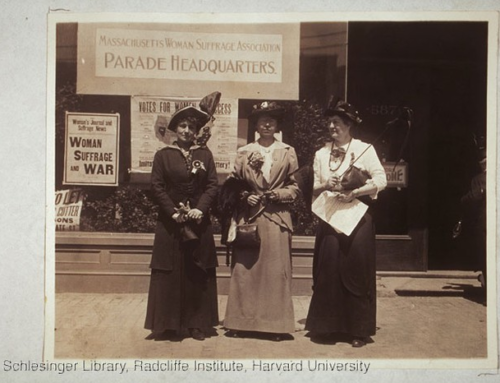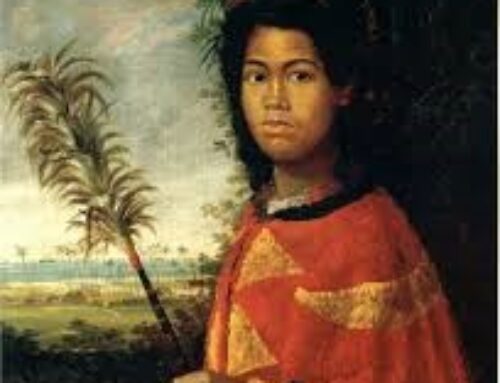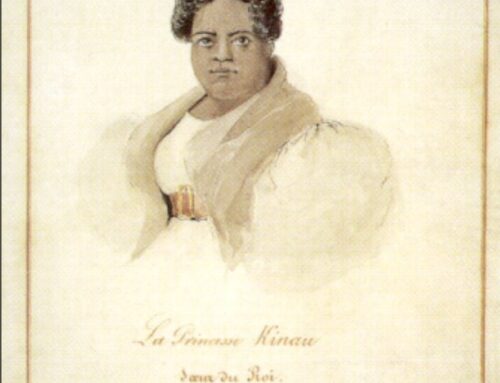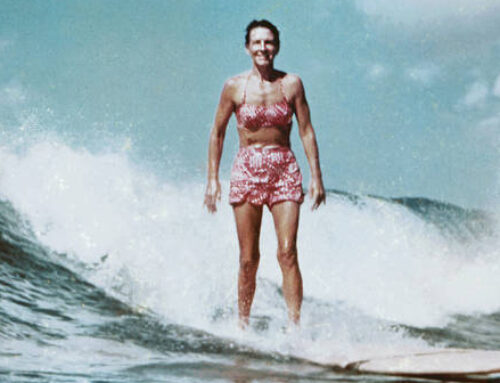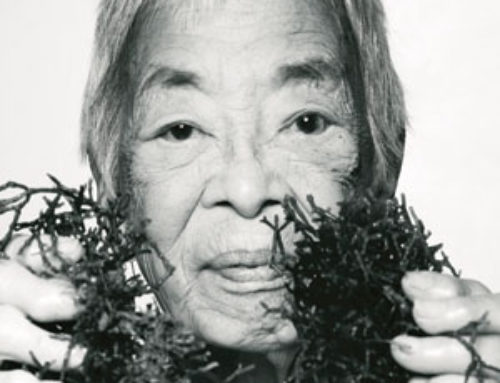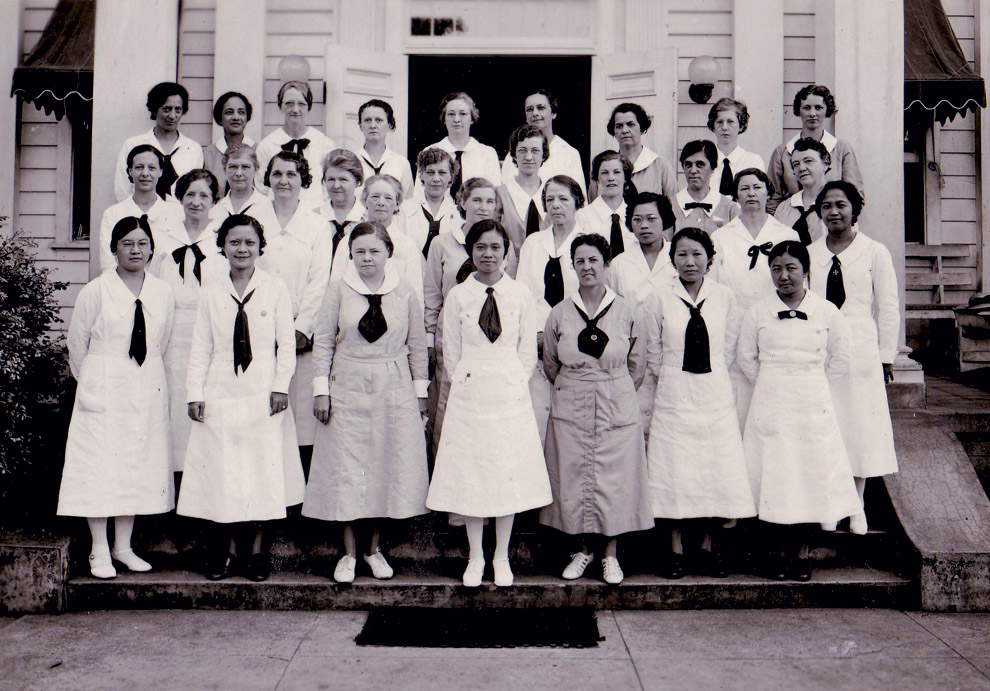
Public Health Nurse
Harriet Kuwamoto was one of twelve children of immigrants from Japan. Her father first came to Hawaii as a contract laborer on a sugar plantation. He then opened blacksmith shops, first in Kona, where she was born, and then in Honolulu. The family lived near the shop on South Beretania Street and then in Kaimuki from the time Harriet was eleven. She and her siblings helped their father in his work and at their home in Kaimuki where they had a dairy for some years.
Kuwamoto graduated from McKinley High School. She studied nursing at St. Luke’s Hospital and the Children’s Hospital in San Francisco and continued her studies when she returned to Hawaii in 1932 at the University of Hawaii and later at the University of Pennsylvania.
As a teen, Kuwamoto worked at the first-aid station at McKinley High School. It was then that she began to think about going to nursing school. She found that she liked taking the temperatures of the students and felt good about helping and caring. She credited the first-aid teacher from her Girl Scout first-aid course with influencing her interest in the profession.
Harriet Kuwamoto served the community as a public health nurse for over thirty years. She spent four years in that capacity in Lahaina, Maui, where she dealt with many kinds of cases including communicable diseases such as Hansen’s Disease (leprosy) and Tuberculosis, interacting with the public in various ways, such as collecting sputum samples to detect disease. She worked in the venereal disease clinic at Kapahulu Health Center and Palama Settlement in Honolulu, testing prostitutes for VD and doing follow-up on their sexual activities.
Her concern and interest in the regulation of prostitution as a public health issue is seen in a letter to the editor that was published in the Honolulu Star Bulletin on July 20, 1947. In it, she argues against the idea that ‘regulated houses’ of prostitution in a segregated sex district has some relationship to sex crimes in the overall population. As a public health professional, she uses data from a League of Nations report in 1943 to assert that “…sex crimes were independent of the presence or absence of segregated houses of prostitution.” She goes on to state that no matter which, “…all of these arguments are aimed at permitting someone to profit by this kind of vice….”
Harriet Kuwamoto retired in 1969 and spent many years of the rest of her long life doing volunteer work in support of the community.
Source: https://www.nps.gov/valr/learn/historyculture/upload/HarrietKuwamoto1.pdf
Photo: Trained Nurturers: Board of Health nurses pose on the steps of Palama Settlement in this 1935 photo. Nurses were educated there, and at the Queen’s Hospital School of Nursing, Hawaii’s first accredited nursing school.
Photo: state archives.

